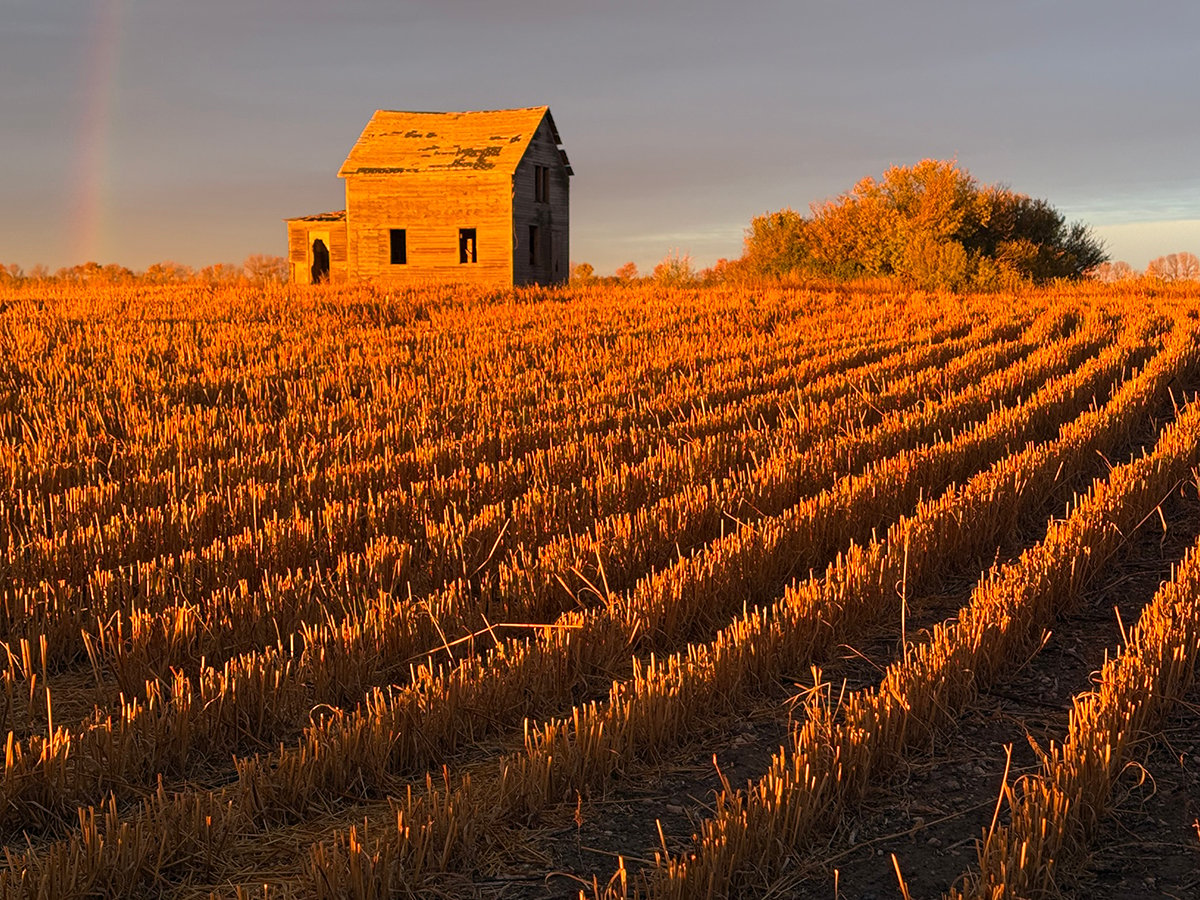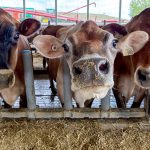Organizers of the Equine Feed Oat Project have a message for U.S. horse owners: oats isn’t a four-letter word.
The Prairie Oat Growers Association initiative will use science to defend and promote the grain to horse owners as part of an ongoing effort to rebuild oat exports to the United States.
POGA commissioned Laurie Lawrence, an equine nutritionist at the University of Kentucky, to review existing research into oats, other grains and equine nutrition.
“Basically, what she did is she found that we don’t have a problem with oats,” EFOP co-ordinator Randy Strychar said of the review, which was published last year and examined 260 documents.
Read Also

Forecast leans toward cooling trend
July saw below average temperatures, August came in with near to slightly above average temperatures and September built on this warming trend with well above average temperatures for the month.
Lawrence said in an interview that oats can bring superior characteristics to feed rations: starch from oats is more efficiently used, they feature a better ratio of fatty acids and they have a higher quality protein than corn.
“They have a lot of already pre-existing desirable characteristics, but they’re more expensive, so what you have to do is create the desire in the mind of the consumer that they’re willing to pay more because they perceive it as a higher quality product,” she said.
“I think that the message that was lost 20 years ago was that there is a difference between oats and corn as far as a feed ingredient goes.”
The project organizers are interested in colic, a leading cause of death in horses. They can’t say that oat consumption will prevent colic from developing within the animal, but Lawrence said oats can be expected to be less harmful to the digestive track than corn.
“All starch is not the same,” she said.
“Anybody, if you’ve ever tried to take cornstarch and mix it with water to make gravy, you know that it gets lumpy and it doesn’t mix very well. So corn starch, because of it’s physical structure, is not as easy for the horse to digest as oat starch.”
Lawrence said horses receive more energy from oats because they can digest its starch more completely. As a result, less starch makes it down into the horse’s large intestine, which is where problems such as colic develop.
“What we are going to market directly to the equine owners is the benefits of oats and that they are natural, healthy and safe and the science supports that,” said Strychar.














